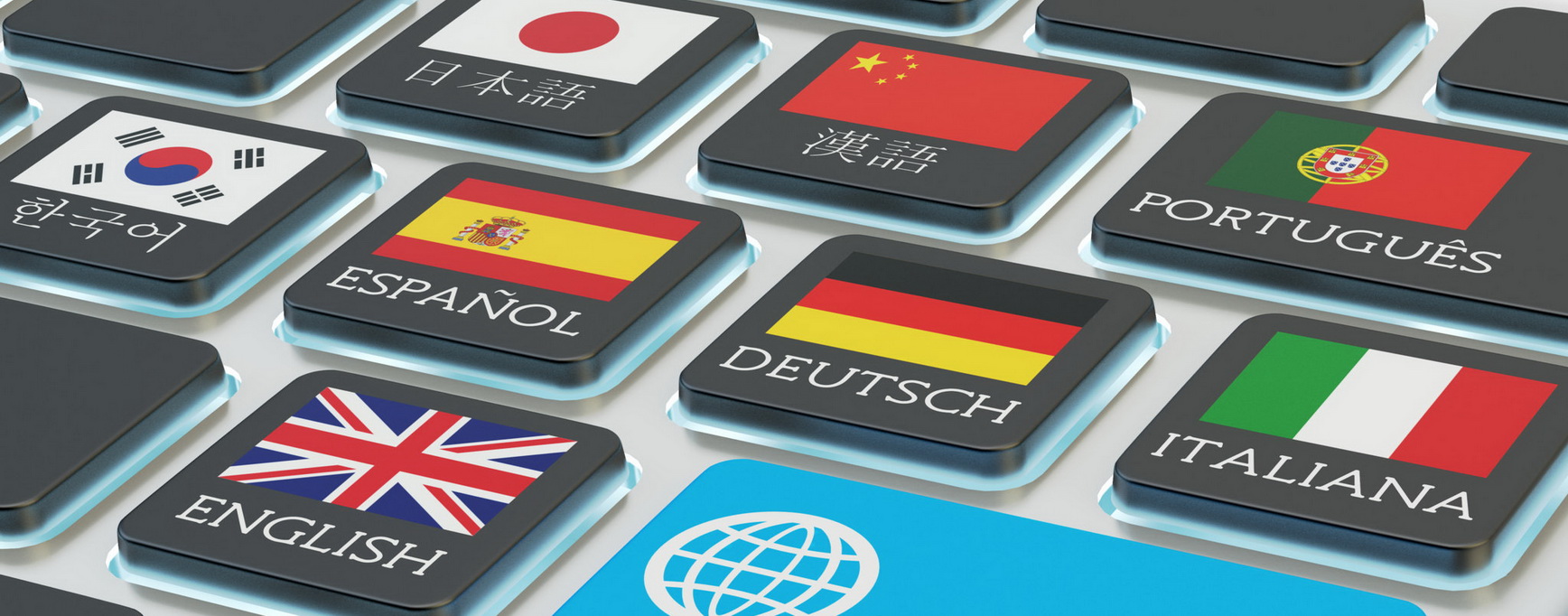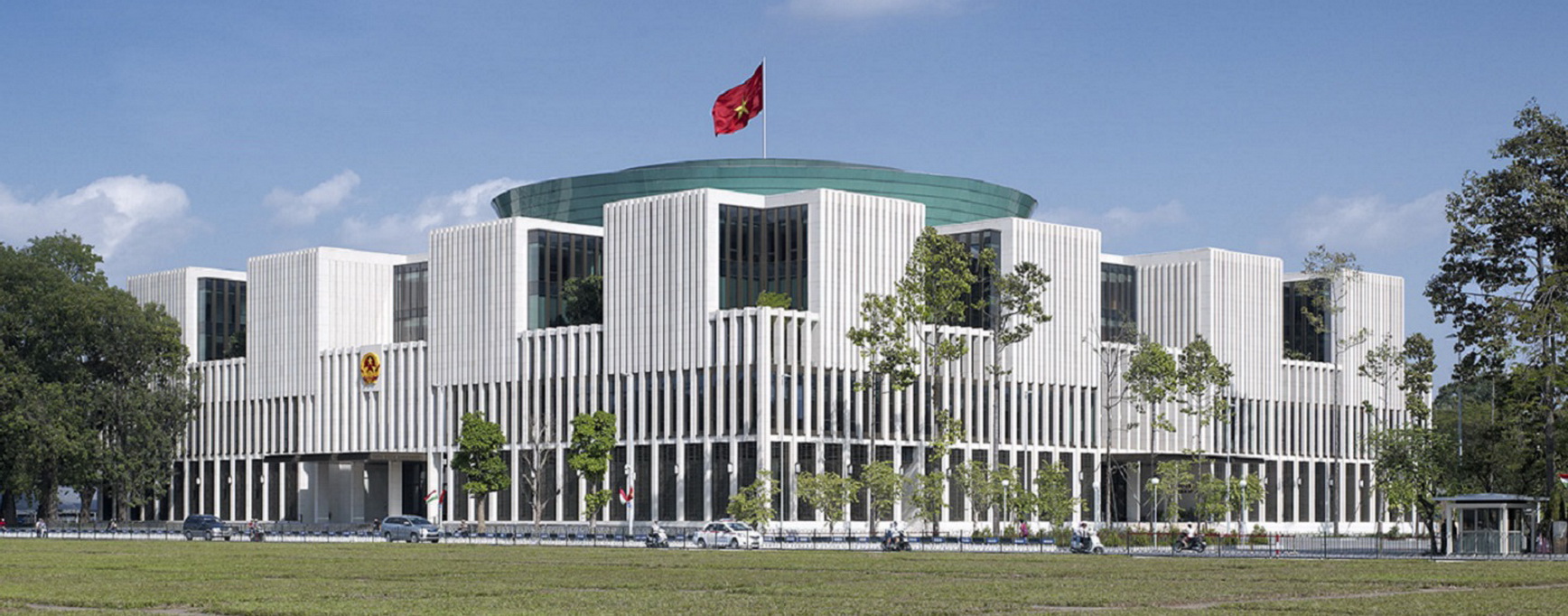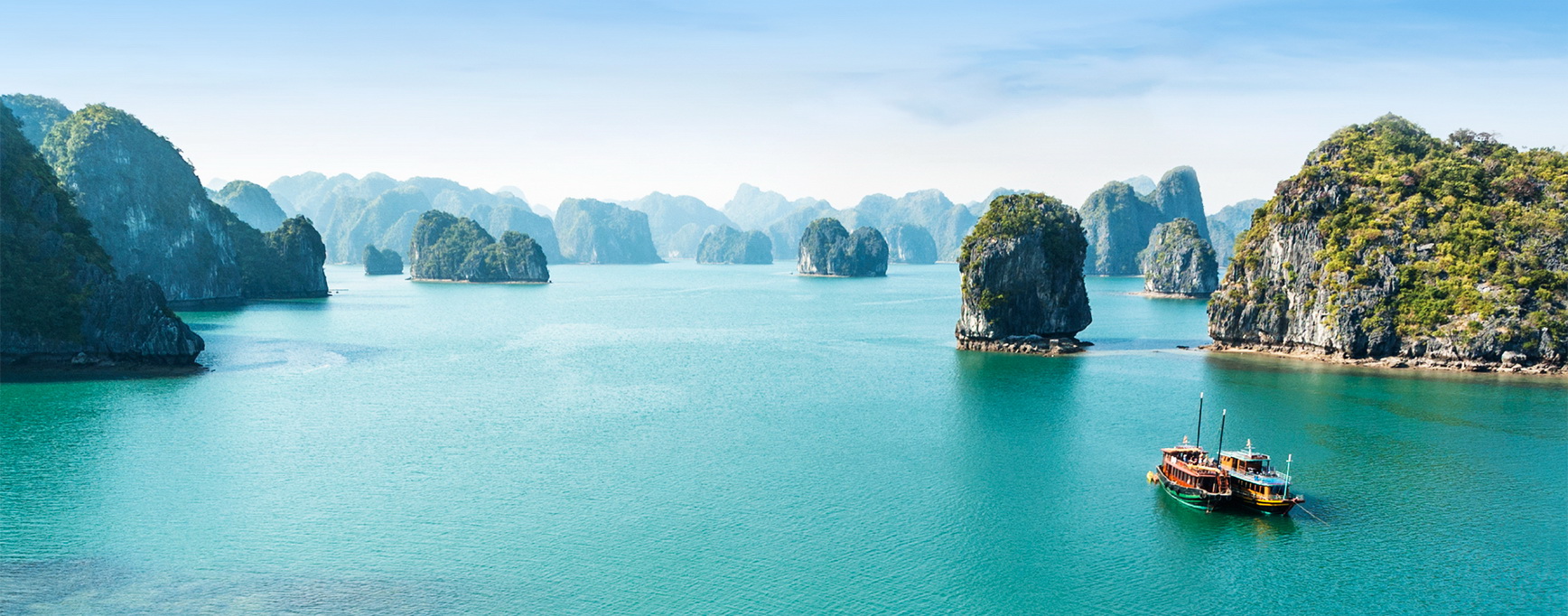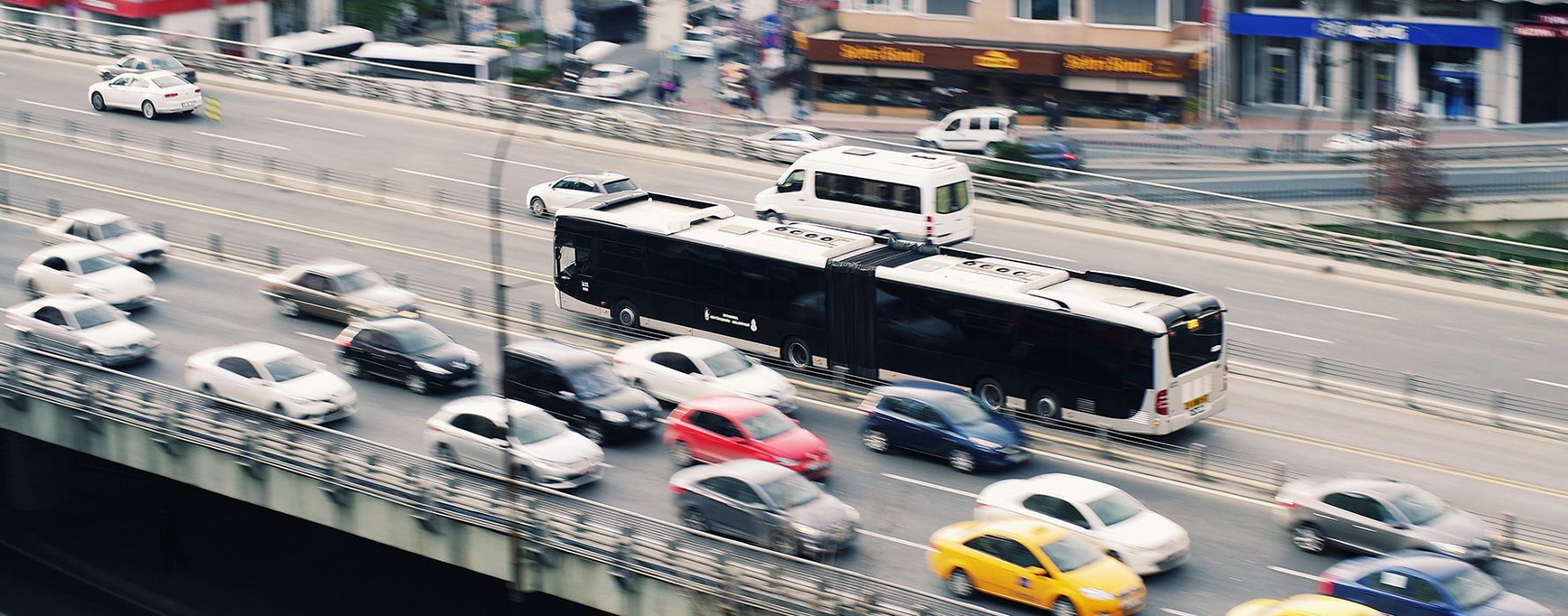Please Login to use our services.
If you are not our member, please register here or contact us via email support@ipavietnam.org for our further support.


Vietnamese is the both the national and the official language of Vietnam. The majority of the population of the country speak this language. Originally, Vietnamese was written using a modified set of Chinese characters but later the natives of Vietnam developed their own script which was known as Chữ nôm. The language is not only spoken in Vietnam but also in other parts of the world where the Vietnamese population has emigrated.
English has also attained popularity in the country as a second language. French, Chinese, Khmer, Russian, Czech, German, and Polish are also spoken by small sections of the Vietnamese population.

The politics of Vietnam are defined by a single-party socialist republic framework. Policy is set every five years by the Party congress and adjusted twice a year by plenary meetings of the Central Committee. The President represents The Socialist Republic of Vietnam on internal and foreign affairs. The Government is the highest administrative state body of The Socialist Republic of Vietnam, and responsible for executing and managing political, economic, social, security and foreign affairs. The National Assembly has the power to approve and revise the Constitution and Laws, make important decisions on national matters and supervise all operations of state bodies. People’s Committee governs management affairs within its administrative location, operates daily activities of local state bodies and executes policies of the relevant People’s Council.

Because of its geography, Vietnam has a tropical climate in the south with two separate seasons (the rainy season is from mid - May to mid- September, and the dry season is from mid- October to mid- March) and monsoon climate in the north with four seasons (spring, summer, autumn and winter).
Located along the coast, the climate in Vietnam is regulated by the ocean currents and brings many maritime climate factors. Average relative humidity is 84% throughout the year. The annual rainfall is from 1,200 to 3,000 mm, and the annual temperature is from 5° C to 37° C.

Until 2015, foreigners did not have the right to buy a property in Vietnam. From now on, foreigners can buy a property if they fulfill one simple requirement: they must enter Vietnam legally, with a valid three-month visa.
Urban spaces like Hanoi and Ho Chi Minh City are often overcrowded, and the cost of rent can be rather high. As an expatriate living in Vietnam, you can choose between multiple different types of accommodation:
Serviced apartments are a good choice for staying for only a couple of months. They are usually located in high-rise buildings or hotels and come fully equipped with furniture, a gym, and restaurants…
Regular apartments give you more independence and flexibility, which also means that you will have to organize many details yourself, such as having utilities connected and dealing with your landlord.
Houses can be rented as well, with and without furniture. This is probably the best option for you, if you will be living in Vietnam with your family and need space.
Renting a room is the easiest and cheapest option. Rooms often come with a bathroom and shared kitchen. They can be rented furnished or unfurnished.

There are five stages in Vietnam’s education system: pre-primary, primary, intermediate, secondary, higher education. Children enjoy twelve years of basic education on a half-day basis before they move on to college, university, or begin work.
Vietnam performs well on general education. Coverage and learning outcomes are high and equitably achieved in primary schools - evidenced by remarkably high scores in the Program for International Student Assessment (PISA) in 2012 and 2015, where the performance of Vietnamese students exceeds that of many OECD countries.

The healthcare system in Vietnam combines aspects of Eastern and Western medicine. Expats need to take out private health insurance before they travel to Vietnam. This will cover them for treatment at private healthcare establishments. There are two types of hospitals in Vietnam:
Public hospitals in Vietnam: Public hospitals in Vietnam are generally underfunded and poorly equipped. Doctors and medical staff working at public hospitals will generally only speak Vietnamese. The quality and availability of healthcare is especially poor in rural areas.
Private hospitals in Vietnam: On the other hand, the standard of private hospitals in Vietnam is excellent. Private hospitals located in Hanoi or Ho Chi Minh City are staffed by doctors with international certificates. Private hospitals do accept international health insurance. Doctors and medical staff at private hospitals in Vietnam often speak English and/or French, which makes life easier for expats.

With the preferential location, Vietnam is one of recommended destinations for travelers around the world. Culture will vary from location to location across the country. Moreover, low expenditure cost leads Vietnam become one of popular destination. Vietnam is one of the countries where has the most World Culture Heritage:
Natural heritage sites: Ha Long Bay, Phong Nha - Ke Bang National Park, Cultural Heritage Sites, Complex of Hue Monuments, Hoi An Ancient Town, Central Sector of The Imperial Citadel of Thang Long - Hanoi,…
Mixed heritage site: Trang An Landscape Complex.
Intangible cultural heritage forms: Nha Nhac, Vietnamese Court Music, The Space of Gong Culture in Central Highlands, Quan ho Bac Ninh Folk Songs, Art of Don Ca Tai Tu Music…
Documentary heritage: Buddhist Sutra Woodblocks of Truc Lam Zen at Vinh Nghiem Pagoda, Woodblocks of Nguyen Dynasty, Stone Stele Records of Royal Examinations of the Le and Mac Dynasties…

Transportation in Vietnam is various and developed. Nowadays, transportation in Vietnam develops rapidly with various kinds of transports and it is increasingly easier to travel to Vietnam from other countries and vice versa, as well as travel to other destinations in Vietnam. Means of transportation are comfortable and convenient. The travel routes in Vietnam between big cities and tourist destinations are comfortable and hassle free as well. With beautiful natural landscapes and predominantly rural areas, Vietnam is a beautiful country in Southeast Asia. Being one of the most densely populated nations in the south East Asia, main mode of transportation at Vietnam are buses, Rickshaw, and bicycles, etc. Besides, taxis, cars or motorbikes are popular in Vietnam.

Although Vietnam officially recognises 17 public holidays and 10 local or regional observances, workers are only entitled to nine paid holidays per year.
According to Vietnamese labour laws, if a recognised public holiday falls on a Saturday or Sunday, the following Monday is observed as a paid holiday. Significant public holidays include New Year’s Day and several Tet holidays that honour religious freedom and political independence. The majority of the Tet holidays are observed in February, many of which fall on weekends.
Popular Holidays: New Year’ s Day, Vietnam Lunar New Year Festival (Tết Nguyên Đán), Hung Kings Temple Festival (Lễ Hội Đền Hùng - Giỗ Tổ Hùng Vương), Reunification Day, Labor Day, National Day.